43a Gray Street, Broughty Ferry, Dundee City, DD5 2BJ
This well-known hotel ceased trading in the summer of 2011, having been a long-time feature of Gray Street. It had expanded considerably over the years into large premises at the rear of the building fronting on to Gray Street. Photographs of the street taken in c1902 show a wall-mounted gaslight over the front door.
A photograph and text about Jolly’s Hotel.
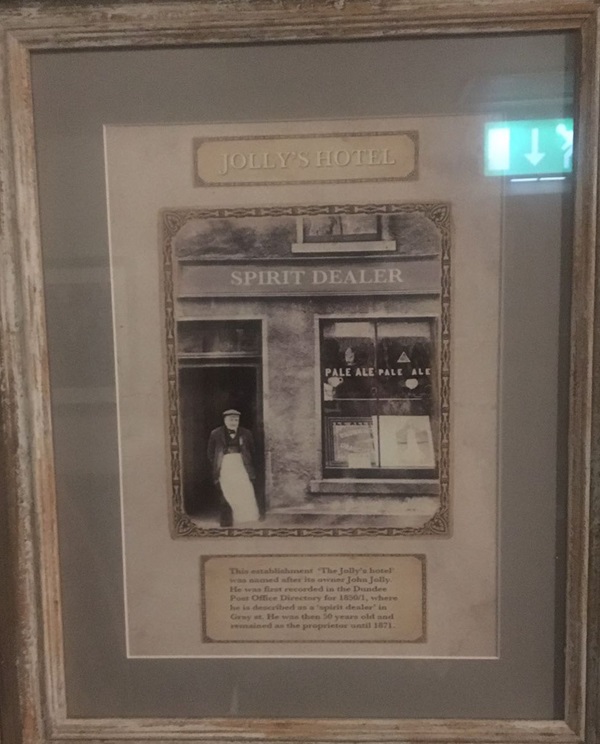
The text reads: This establishment, Jolly’s Hotel, was named after its owner John Jolly. He was first recorded in the Dundee Post Office Directory for 1850/1, where he is described as a spirit dealer in Gray Street. He was then 50 years old and remained as the proprietor until 1871.
Photographs and text about the New Year’s Day Dook.
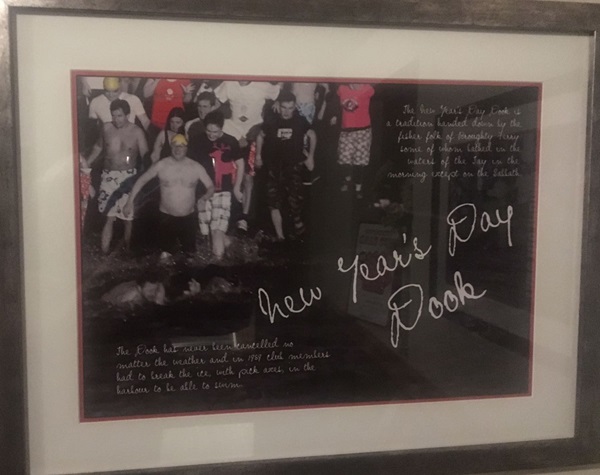
The text reads: The New Year’s Day Dook is a tradition handed down by the fisher folk of Broughty Ferry, some of whom bathed in the waters of the Jay in the morning except on the Sabbath.
The Dook has never been cancelled no matter the weather and in 1989 club members had to break the ice with pick axes in the harbour to be able to swim.
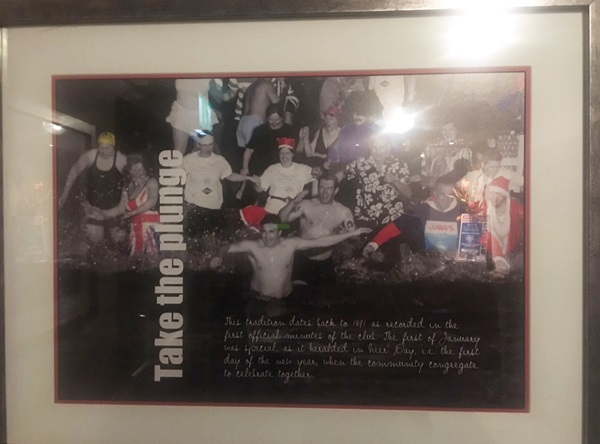
The text reads: This tradition dates back to 1891 as recorded in the first official minutes of the club. The first of January was special, as it heralded in the new day, i.e. the first day of the new year, when the community congregate to celebrate together.
A photograph and text about the Dickin Medal.
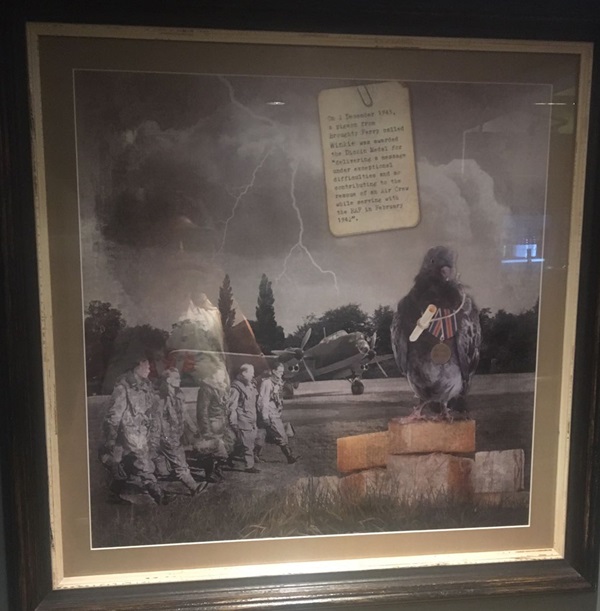
The text reads: On 2 December 1943, a pigeon from Broughty Ferry called Winkie was awarded the Dickin Medal for “delivering a message under exceptional difficulties and so contributing to the rescue of an Air Crew while serving with the RAF in February 1942”.
A poster and text about the different boats found at Broughton Ferry.
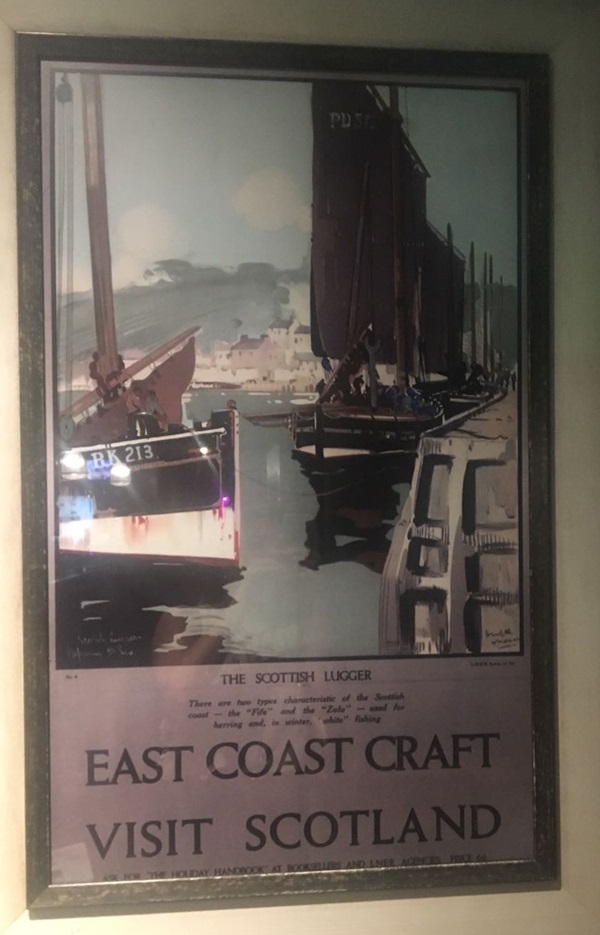
The text reads: The more common boats sailing from Broughty Ferry were the classes known throughout Scotland as Fifies (more locally known as Baldies) and also Zulus. These vessels could be over 75 feet long and were equipped with large lug-sails as their means of propulsion. Boats up to 30 feet in length usually had only one mast and the larger vessels had two. Most boats up to twenty feet long were undecked or half-decked and were employed in the Tay estuary or nearby. The larger sea-going boats were fully decked. The advent of steam powered capstans in the larger boats made life easier for the fishermen when hauling in their herring nets.
External photograph of the building – main entrance.
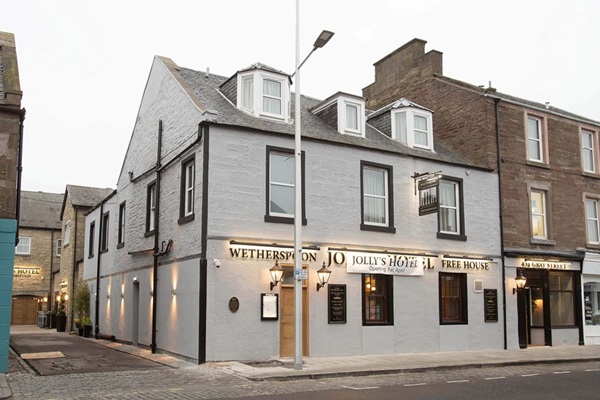
If you have information on the history of this pub, then we’d like you to share it with us. Please e-mail all information to: pubhistories@jdwetherspoon.co.uk